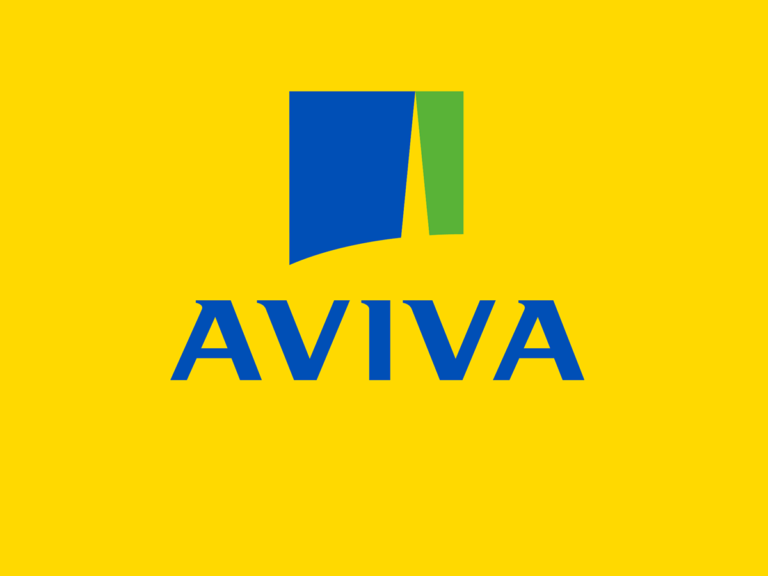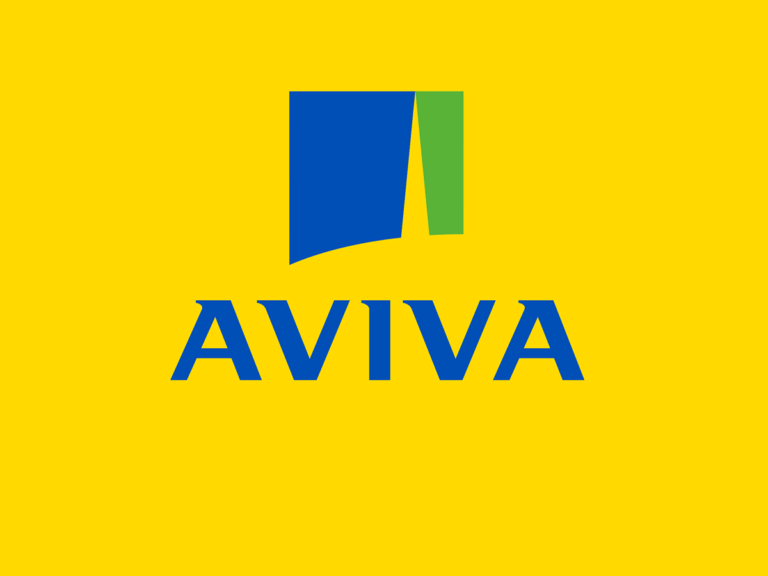Title Page
-
Date
-
Completed by
-
Location
-
To view our Loss Prevention Standard that supports this checklist, please view the following link : https://broker.aviva.co.uk/documents/view/aviva_escape_of_water_on_construction_sites_lps.pdf
Escape of Water on Construction Sites Checklist
-
1. Is an appropriately trained and qualified person identified to act as the Responsible Person for the Management of Water (Fluids) Damage risk on site?
-
2. Is a formal Water (Fluid) Management Plan in place?
-
3. Are appropriately trained and qualified person(s) identified to act as the Competent Person in the Water (Fluid) Management Plan?
-
4. Have formal Water (Fluid) Risk Assessments been completed for the project?<br>- Are there plans in place to formally review this as the project continues?<br>- Does this include the design concepts/drawings and then as they develop?<br>- Does this include physically reviewing the construction as it is being built?<br>- Do these consider what would happen if a leak/release occurred?<br>- Do these consider supply and waste?<br>- Do these consider weather-related conditions such as:<br>o Heavy rain?<br>o Flooding?<br>o Ground water accumulation?<br>o High or cold winds?<br>o Sub-zero temperatures?<br>o Snow and ice accumulations?
-
5. Have important or sensitive areas of the site been identified for their exposure to water damage?<br>- Are there plans in place to formally review this as the project continues?<br>- Does this include the design concepts/drawings as they develop?<br>- Does this include physically reviewing the construction as it is being built?
-
6. Is the Water Management Plan regularly and periodically reviewed and updated?
-
7. Is there a formal Water/Fluid Emergency Response Plan in place?<br>- Does this include key individuals on site and their expected response?<br>- Does this include an emergency response team?<br>- Does this include the role of any on-site security or similar in responding to an emergency?<br>- Does this cover the expected response 24 hours per day?
-
8. Are all fluid carrying services, including waste, isolation valve locations and drain valve/drain line locations identified on accurate and formal drawings?<br>Are these fluid carrying services, the isolation valves and drain line valves clearly labelled and readily accessible?<br>Do these form part of the Emergency Response Plan? – See item 7 above.
-
9. Are only companies confirmed as being competent appointed to undertake plumbing, heating and sprinkler protection services?
-
10. Has the competency of individuals working on site been checked with qualifications and training verified?
-
11. Are ‘STOP Audits’ completed on the installation works, at all stages of the project, to ensure all activities and installations are being completed in line with expectations?
-
12. Are all water carrying installations and networks considered permanent?
-
13. Are temporary water carrying systems isolated at night?
-
14. Are there appropriate drain points on systems?<br>Are these clearly labelled and readily accessible?
-
15. Are water carrying pipes prohibited from service-risers or within important rooms housing electrical systems, data cabling or other important, critical or sensitive operations?<br>This includes pipes carrying waste or drains.
-
16. Are water tanks prohibited from being located above electrical equipment, other sensitive or susceptible equipment or occupancy?
-
17. Similar to (15) and (16) are water carrying pipes prohibited from above such areas?
-
18. Are electrical cables located in trays and risers located off the floor slab?
-
19. Are vertical and horizontal wall, floor or ceiling penetrations, wall perimeters, etc. sealed, curbed etc. to prevent water leakage spreading horizontally and vertically?
-
20. Has an automated method of detecting water flow or escape of water been included in the design of the system?
-
21. Is a ‘leak-watch’ or are a number of ‘leak-watches’ employed during the installation, pressure testing and charging of water/fluid carrying networks?<br>These individuals would be in place to spot leaks and communicate that leaks were occurring and to invoke the emergency response plan, i.e. similar to a fire-watch for hot work.
-
22. Prior to charging any system with water, have initial air tests, at a pressure minimum of 1.5 times the maximum expected working pressure, been completed and held for at least 2 hours?<br>Only once this has been passed should any system be charged with water.
-
23. Following (22) above have full pressure tests, for a minimum of 8 hours, been completed?
-
24. Is there a formal Quality Control system in place for the commissioning and testing the system?
-
25. Is there independent verification of the commissioning and testing activities?
-
26. Is a thermographic camera used to help identify any leaks or problems with condensation or damp?
-
27. Are all incidents or near misses recorded and the root causes formally investigated?<br>Are these findings widely shared, fed back into the project and the learnings incorporated elsewhere?
Sign Off
-
Additional Comments
-
Completed by (Name and Signature)















